What Is Taekwondo? A Simple Guide for Beginners
Have you ever watched someone do a lightning-fast kick and thought, “Wow, how do they do that?” That’s the magic of Taekwondo — a Korean martial art that’s just as much about discipline and confidence as it is about punches and kicks.
Whether you’re looking into children’s Taekwondo, joining as a teen or adult, or just curious about what it’s all about, this guide will walk you through everything you need to know.
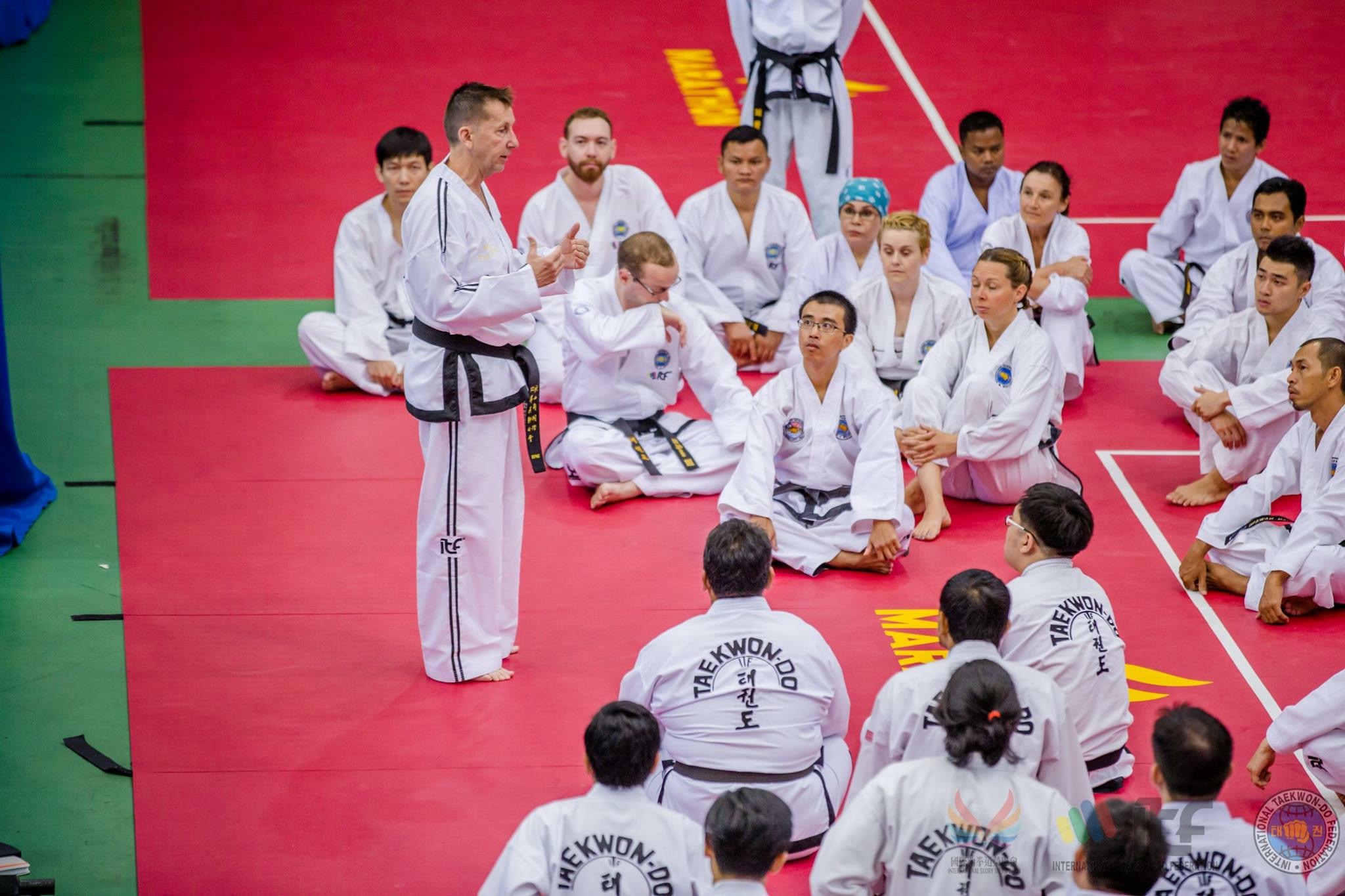
What Does “Taekwondo” Mean?
People often ask, “What does Taekwondo mean?” The name comes straight from Korea:
- Tae (태) – foot or to kick
- Kwon (권) – fist or to strike
- Do (도) – the way or path
So, Taekwondo literally means “the way of the foot and the fist.”
It’s a reminder that this martial art is not just about fighting — it’s about learning control, balance, and respect.If you’re curious about how our school started and what we stand for, take a look at our About Us page.
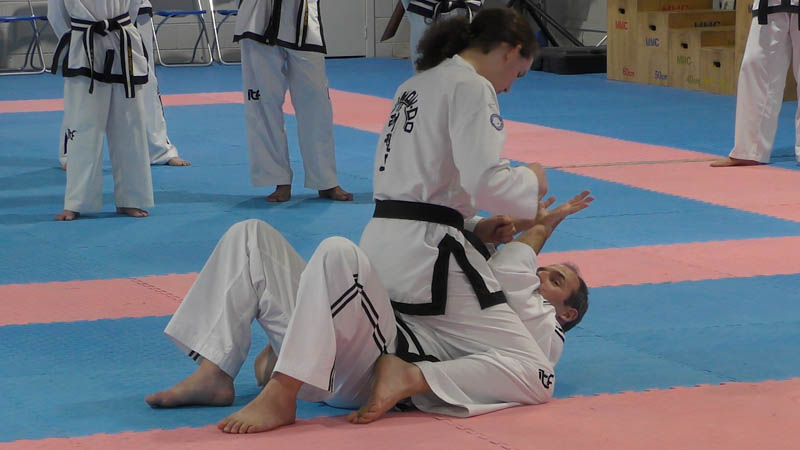
Where Did Taekwondo Come From?
Is Taekwondo Korean? Yes, it is — proudly so. It began in Korea thousands of years ago and became the modern martial art we know after the Korean War.
Over time, different styles developed — like Songahm Taekwondo, Traditional Taekwondo, and ITF Taekwondo — but all share the same goal: helping students grow stronger in body and mind.
Today, you’ll find schools and dojangs everywhere, from IYA Taekwondo Sacramento to Forney Taekwondo Center and Stevens Family Taekwondo. Even the World Taekwondo Center continues spreading the art across the globe.
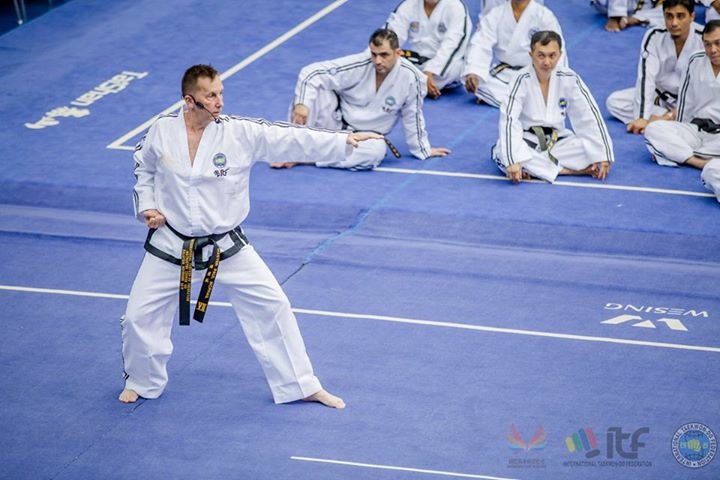
Taekwondo for Kids, Teens, and Adults
Taekwondo really is for everyone.
Children’s Taekwondo classes teach respect, focus, and confidence in a fun way. It’s amazing to see shy kids turn into confident martial artists.
For teens and adults, TKD training is a great way to stay active and motivated. Schools like Roar Taekwondo, White Tiger Taekwondo, and Pro Taekwondo all offer programs for different age groups and goals.
You can also meet our highly trained instructors on our Expert Coaches page — they’re the heart of what we do.
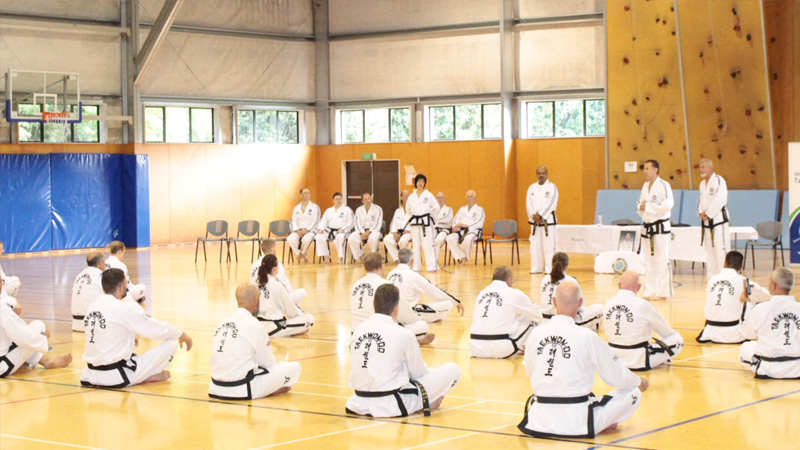
Kicks, Forms, and Training
When people think of Taekwondo, they picture the kicks — and for good reason! Taekwondo kicking is powerful, fast, and precise. From the side kick to the roundhouse kick, every move teaches balance and focus.
Students also learn Taekwondo poomsae, which are like patterns or “forms” you perform to show skill and rhythm.
Beginners start at the white belt level, learning how to tie their belt, practice forms, and spar safely.
If you’d like to go beyond the basics, our Premium Membership offers step-by-step lessons to help you master Taekwondo at your own pace.
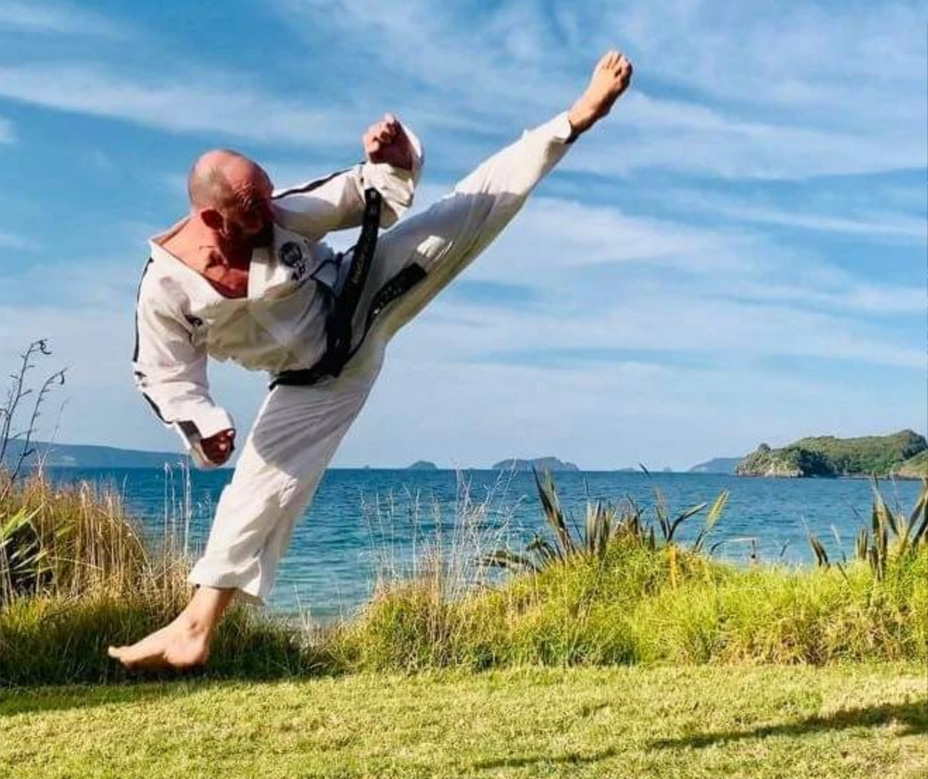
Gear and Uniforms
When you join, you’ll wear a dobok — that’s the traditional Taekwondo uniform. It’s simple, comfortable, and perfect for training.
Good gear helps too — Adidas Taekwondo shoes are a favorite for both comfort and grip. You’ll also collect belts as you move up the Taekwondo ranks, and a belt holder helps keep them organized.
Need gear or uniforms? You can check out our Shop for high-quality Taekwondo equipment.
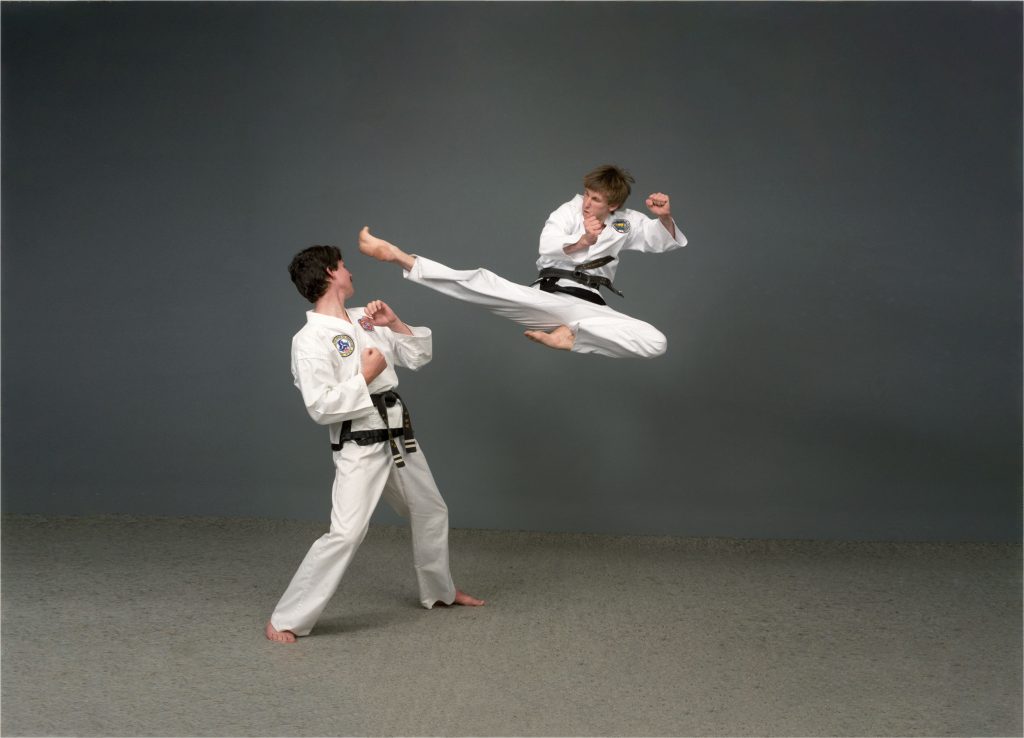
Taekwondo vs Karate — What’s the Difference?
It’s common to mix them up, but karate and Taekwondo aren’t the same. Karate relies more on hand strikes, while Taekwondo focuses on dynamic kicks.
Even Joe Rogan, who’s trained in Taekwondo, often talks about how it builds explosive leg power and control. Athletes like Jade Jones show how far those kicks can take you in tournaments.
If you’ve ever seen a Taekwondo tournament, you know the energy is unmatched — especially in places like AMA Taekwondo or U.S. Taekwondo Academy.
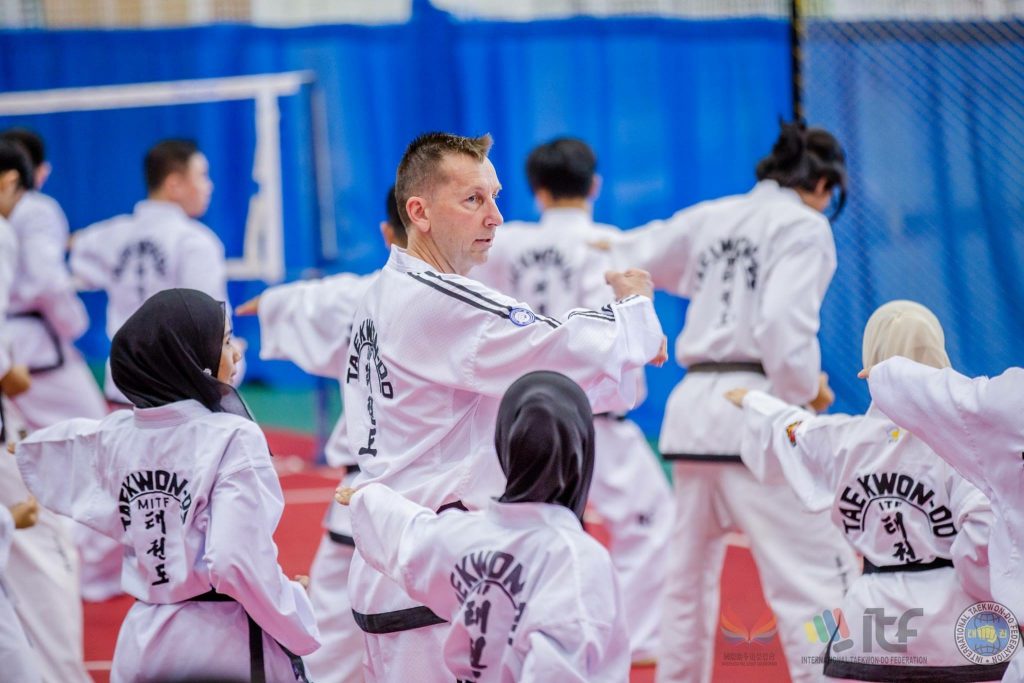
Why People Love Taekwondo
Ask anyone who practices Taekwondo changes you. It builds strength, flexibility, and confidence, but it also teaches respect and patience.
Whether you’re training at Northeast Taekwondo, Polaris Taekwondo, or even online, the mindset stays the same: push yourself a little more every day.
You can also train from home using Our App, which includes lessons, workouts, and techniques you can follow anytime.
Need help? Visit our Help & Support, FAQ, or Contact Us pages — we’re happy to guide you.
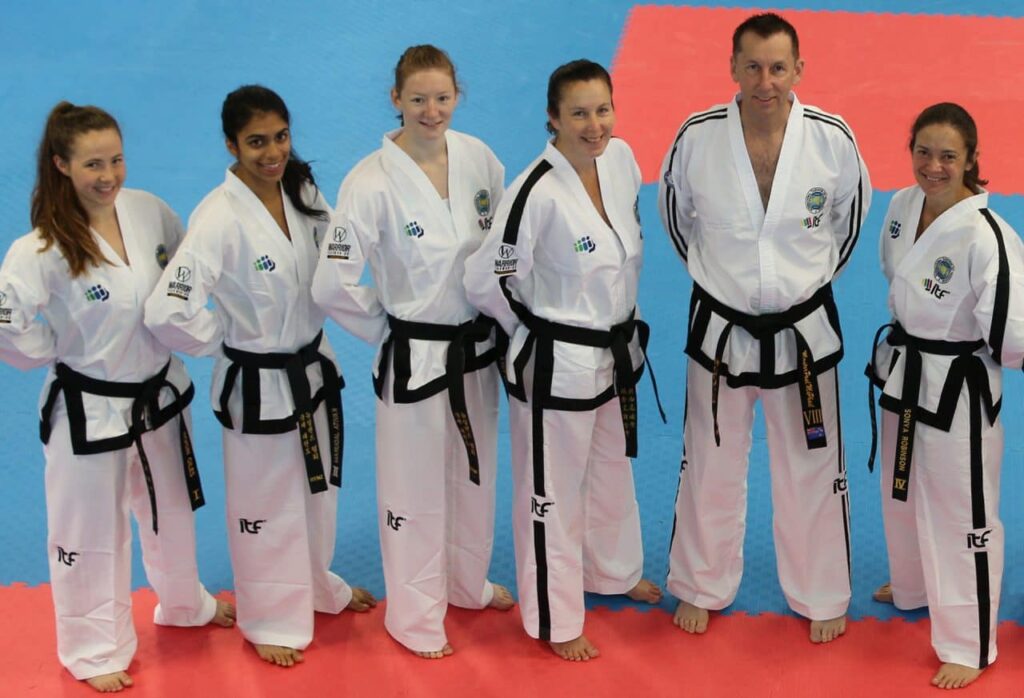
Final Thoughts
So, what is Taekwondo really? It’s not just a martial art — it’s a way of life. You’ll learn to stay calm under pressure, keep improving, and treat others with respect.
From your first white belt form to your black belt test, every class teaches something new. And if you ever feel stuck, remember — every master once stood where you are now.